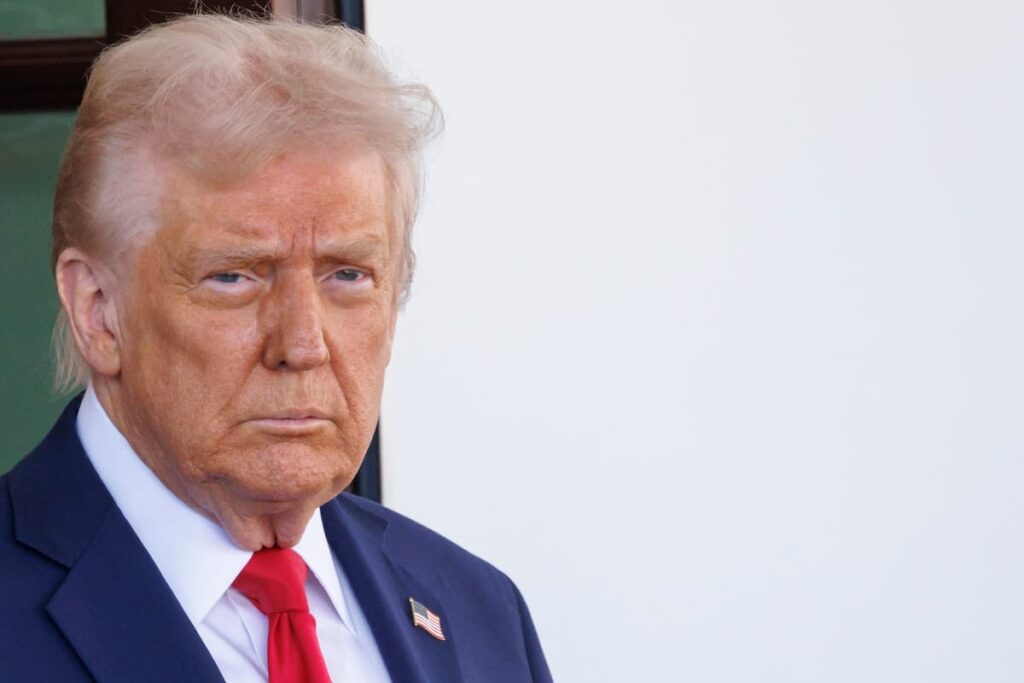Economic Pressure Mounts Amid Fragile Middle East Ceasefire
As President Donald Trump navigates a precarious ceasefire between Israel and Iran, analysts warn that his aggressive trade policy may limit the administration’s flexibility. The U.S. economy is already under inflationary pressure from sweeping tariffs. A fresh surge in oil prices could add to that burden, leaving policymakers with little room to maneuver.
The truce in the Middle East has brought temporary calm to markets. Oil prices have retreated, stocks have risen, and gas prices have stabilized. Yet the situation remains volatile. Any escalation could quickly trigger higher energy prices and, in combination with tariff-driven inflation, deliver a double blow to the U.S. economy.
“There’s not a lot of margin for error,” said Alan Blinder, Princeton economist and former Federal Reserve official. “An oil shock on top of tariff inflation would be a significant challenge.”
Market Relief as Strait of Hormuz Stays Open
The immediate market response to the ceasefire has been positive. Investors had feared a worst-case scenario in which Iran might attempt to shut down the Strait of Hormuz — the world’s most critical oil shipping route. Such a move could have sent oil prices surging past $100 or even $120 a barrel, pushing gas prices in the U.S. above $4 or $4.50 per gallon.
As of Sunday, prediction markets placed the likelihood of Iran closing the strait at 60%. By Tuesday, that number had dropped to 17%, reflecting reduced fears of escalation. Iran’s limited and symbolic response to U.S. airstrikes has helped ease investor anxiety.
Closing the waterway would likely harm Iran as well, since it depends on the strait to export its own oil, primarily to China. “They would be shooting themselves in the foot,” Blinder added. “But countries have done that before.”
Cleveland Fed President Beth Hammack emphasized in a speech Tuesday that oil prices still “bear watching,” acknowledging that volatility tied to geopolitics could impact inflation expectations in the months ahead.
Tariff Risks Still Loom Over the Economy
While the ceasefire brings short-term stability, the underlying economic pressures from tariffs remain. The Trump administration’s sweeping import duties on goods ranging from steel and aluminum to consumer products are expected to push prices higher later this year.
Bob Elliott, CEO of alternative investment firm Unlimited, warned that inflation may rise by 1% to 1.5% if tariffs persist. “This is likely a period of transitory low inflation before the full price effects set in,” Elliott told CNN. “No serious economist expects this current stability to last.”
The Federal Reserve has taken a cautious stance. Chair Jerome Powell told lawmakers on Tuesday that there is no urgency to change interest rates, noting that the economy remains resilient. But higher energy costs could complicate that outlook, potentially forcing the Fed to delay cuts or even consider further tightening.
Gas Prices Hold Steady — For Now
For American consumers, gas prices remain a key gauge of economic health. The national average price for regular gasoline was $3.22 per gallon on Tuesday, according to AAA. That’s flat from earlier in the week but still higher than the $3.13 average at the start of the month, before the latest flare-up in the Middle East. However, it remains below the $3.45 average recorded one year ago.
Moody’s Analytics chief economist Mark Zandi noted that gas prices carry both economic and psychological weight. “People look at prices at the pump as a litmus test for inflation broadly,” he said.
The memory of 2022, when prices briefly exceeded $5 per gallon, remains fresh. That period of surging inflation forced the Fed to implement steep interest rate hikes, slowing economic activity and rattling markets.
For now, those concerns are on pause. But analysts agree that another oil shock could reignite inflation and leave little room for error in Trump’s economic playbook.



